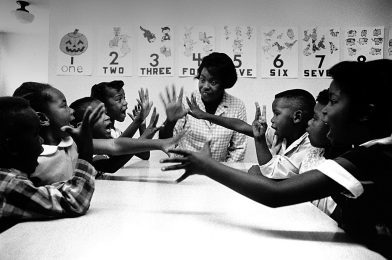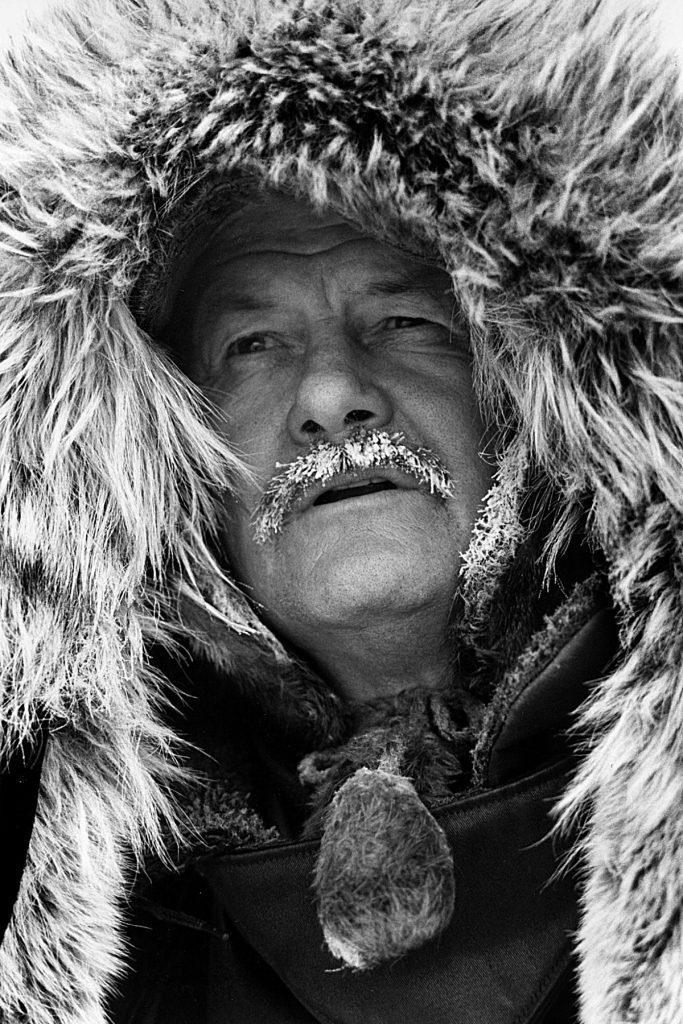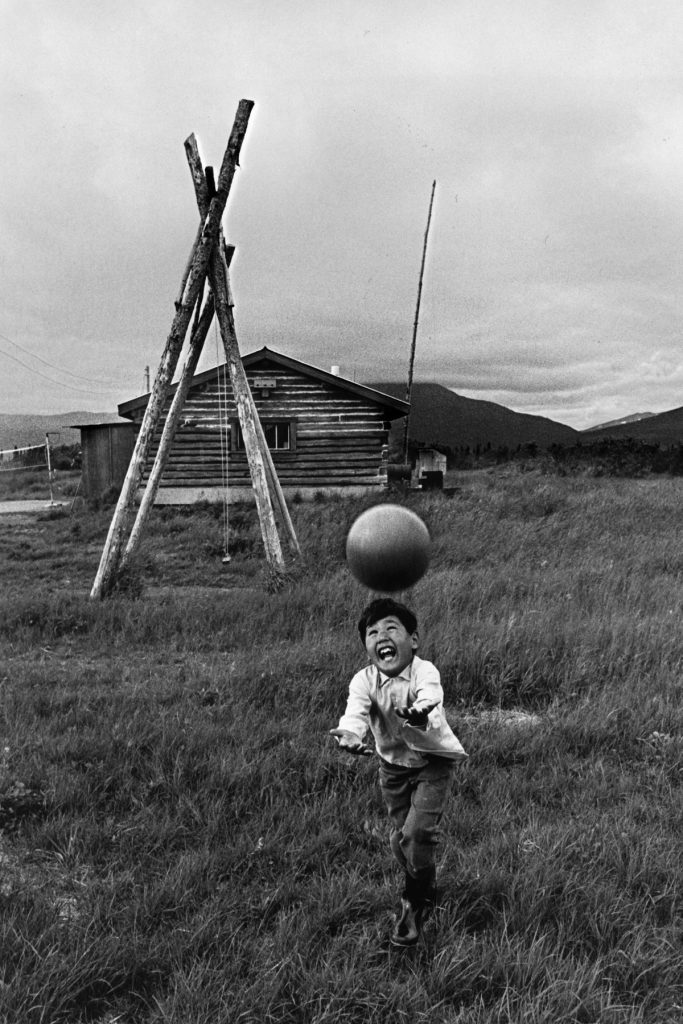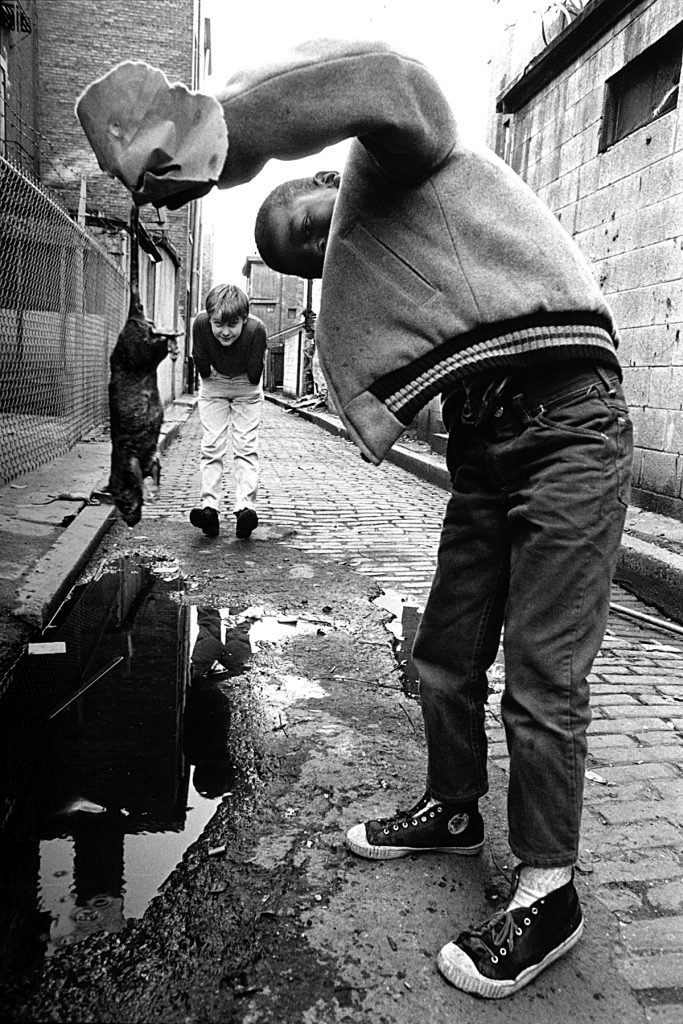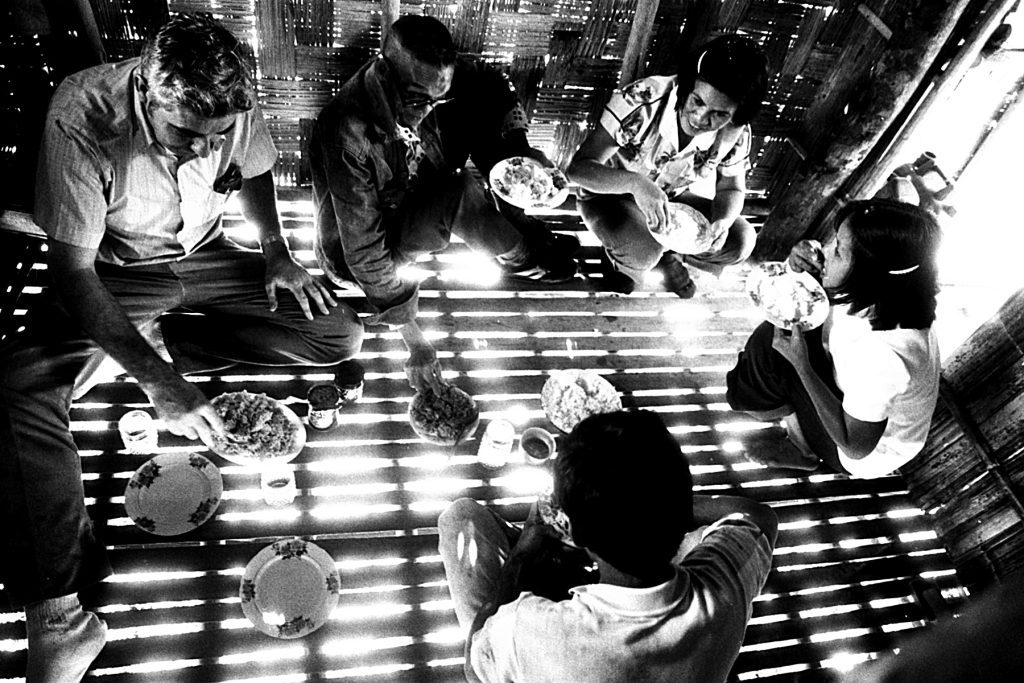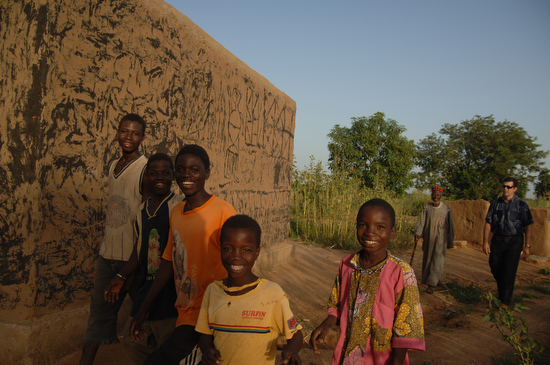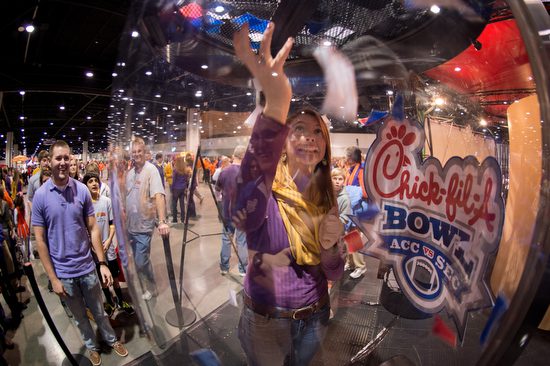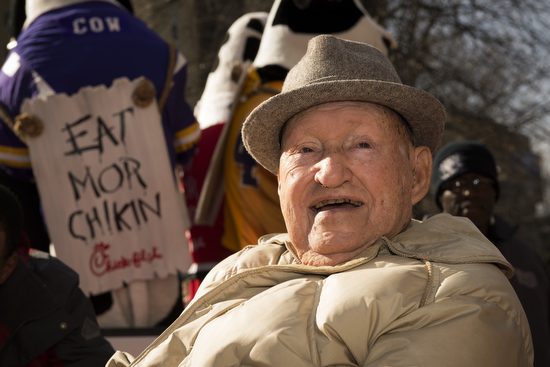How do you consume photography?
I think way too many photographer wannabees are skipping past the most basic understanding of making a living as a photographer. Who buys photography? This is a basic question that is overlooked.
You would think that photographers themselves would be one of the largest consumers of photography. However, too many photographers don’t even buy photography themselves.
Now if a photographer isn’t moved to spend money on photography and they are one of the most interested in the subject why are non-photographers willing to spend money on it?
Here is a big clue to you as a photographer wannabee; if you are not purchasing images on your photography interests then it is a good indicator no one else is either.
If you want to be a sports photographer you should be subscriber to Sports Illustrated, the local newspaper or some other publications that use sports photos. If your attitude is those publications are not as good as they used to be and therefore that is why you are not taking them then maybe this is an insight to a dying area of photography.
Client needs an expert
First of all for the most part you need to be somewhat of an expert on a subject to truly make money shooting it today. People can take a photograph with today’s cameras themselves. They can even take a pretty good photo without our help.
Your understanding of the subject will help you to make photos that those are interested in the subject would appreciate.
When I took golf lessons the club pro started teaching me how to swing a golf club with a 5-iron. Once I could hit this consistently straight we moved on to each of the different clubs to make minor adjustments. This is how most professional photographers end up working their entire lifetime in photography. They start with one area and master it and then transfer their photography skills to other subjects.
I started shooting for my college newspaper, which gave me a lot of access to shooting sports. While my camera skills were focusing on sports I was also majoring in social work, where I was being trained to understand body language and helping to apprehend people’s situations.
After college I was able to to continue to shoot sports for a regional newspaper. I was also able to take the social work training to help me capture better moments to help tell stories in every day life of people.
After moving on to shooting for a Christian mission agency I went to seminary to get more training, which helps me today to shoot for a variety of church groups and nonprofits. I was trained to understand the nuances in theology that helped me to communicate even more specialized messaging than just taking a picture of what I see in front of me–I am helping tell a story.
What are clients buying?
You really need to know who uses photos of any subject. I wrote a blog on this earlier and here is a link to it.
This requires some investigative skills. You need to trace the life of the photo to the consumer.
Sometimes you maybe so lucky to have an eureka moment. This is when you see a need that is going unfilled by professional photographers. You also realize you are an expert as much as any other photographer could be. This is when you can capitalize on an opportunity to fill a void.
Steve Jobs did this with Apple. The times Apple came out with new products that created new markets is how they dominated. Apple was first to introduce a graphical interface for computing in the 80s. They were the first to introduce the tablet. Most importantly Steve Jobs helped understanding how all your technology works together where you main computer is the digital hub between your smartphone, tablet, iPod and the cloud.
Having a eureka moment is the flip side of a saturated market. You see something that you could be doing that no one else is supplying. This is really what can catapult you to financial success.
Sports as an example
Once you know the audiences for your photos, you should easily be able to see if your photos are what they’re using. Great example is that shots that can be used for a players page in a media guide is one of the staples in sports. A similar use for this photo would be trading cards. Those photos are rarely so artistic that you cannot recognize the player.
When I wrote about race cars I pointed out how so many interested in NASCAR buy the opportunity to get their logo somewhere on the car.
Now the number one place for sports photos as far as income potential is a business that stands to make money from your photos. If you have such outlets then the potential for income is good. Now if the places using photos doesn’t really make money off the photos (some blogs, editorial) then they cannot pay that much if anything for photos.
As far as sports go today, you need to shoot a lot of sports where you will make almost nothing to build a portfolio to rival not just those who already have those contracts but the long list of other hopeful photographers.
There are more photographers willing to shoot for free sports than any other subject matter that I know of in photography. You just don’t hear of photographers lining up to shoot a brides wedding for free just to get access to shooting weddings, but the number of photographers as sporting events doing it for free just to get access is ridiculous.
Many of these weekend shooters have disposable income that lets them afford better gear than many of the full-time pros. So having a 600 ƒ/4 and a 400 ƒ/2.8 doesn’t make you a pro and make your images look better any more.
I can tell you a long list of places to get access to build a portfolio, but I cannot tell you a single sports venue in Atlanta that will pay you a livable wage to shoot their sports. Most all those have people already on staff or contracted. All the area high schools parents of the athletes shoot the games for free and share the photos with each other. They may pay a pro to do the team photo and some posed shots of the players in uniforms.
Most of the pros shooting sports that make a living are shooting for the equipment manufactures in addition to some of the editorial market and the combination gives them some income. Most of these still must shoot other things to break even.
My suggestion is to follow the money rather than just what you want to shoot. Find those sports no one is covering and they may pay you to shoot since they cannot get good photos.
Portfolio
I cannot tell you how many times clients have asked if I had examples of a certain subject. You see many of them knew I could shoot, but needed to help others on their team know I have done that before.
You would be crazy to create a portfolio showing every type of subject to get hired, but my point is it is just as crazy to have a portfolio of images which doesn’t reflect what people are needing.
There are basically two types of photos you need in your portfolio: 1) Examples of what clients are buying and 2) Examples of things they might buy. The second type of photos are where you are showing things were not looking for, but once they see your work will want to have.
The examples of what they are buying will show how your work provides both the quality in the industry and hopefully a style that separates you from the pack of photographers.
Does your portfolio show the subjects you like shooting or does it show what clients are buying? Those making a living are showing what the customers are buying. The best photographers in the industry are doing both. They show what people are buying and it is what they enjoy shooting.







